The IUPAC name of allyl chloride is
1-Chloroethane
3-Chloro-1-propyne
3-Chloro-1-propene
1-Chloropropene
The correct Answer is:C
To determine the IUPAC name of allyl chloride, we will follow these steps:
Step 1: Identify the structure of allyl chloride
Allyl chloride consists of an allyl group (CH2=CH-CH2-) with a chlorine atom attached to the carbon chain. The structure can be represented as CH2=CH-CHCl2.
Step 2: Determine the longest carbon chain
The longest carbon chain in allyl chloride contains three carbon atoms. Therefore, the parent hydrocarbon is propane.
Step 3: Identify the functional group
The functional group in this case is the chlorine atom (Cl), which is a halogen.
Step 4: Number the carbon chain
When numbering the carbon chain, we start from the end closest to the double bond to give the lowest possible number to the double bond. The numbering will be as follows:
- C1: CH2 (double bond)
- C2: CH (double bond)
- C3: CH2Cl
Step 5: Assign locants to the substituents
The chlorine atom is attached to the third carbon atom in the chain. Therefore, we denote it as "3-chloro".
Step 6: Indicate the presence of the double bond
Since there is a double bond between the first and second carbon atoms, we indicate this in the name. The double bond is located at the first carbon, so we will use "prop-1-ene" to indicate the presence of the double bond.
Step 7: Combine the parts to form the IUPAC name
Combining all the parts, we get the full IUPAC name: 3-chloroprop-1-ene.
Final Answer:
The IUPAC name of allyl chloride is 3-chloroprop-1-ene.
---
Allyl chloride consists of an allyl group (CH2=CH-CH2-) with a chlorine atom attached to the carbon chain. The structure can be represented as CH2=CH-CHCl2.
The longest carbon chain in allyl chloride contains three carbon atoms. Therefore, the parent hydrocarbon is propane.
The functional group in this case is the chlorine atom (Cl), which is a halogen.
When numbering the carbon chain, we start from the end closest to the double bond to give the lowest possible number to the double bond. The numbering will be as follows:
- C1: CH2 (double bond)
- C2: CH (double bond)
- C3: CH2Cl
The chlorine atom is attached to the third carbon atom in the chain. Therefore, we denote it as "3-chloro".
Since there is a double bond between the first and second carbon atoms, we indicate this in the name. The double bond is located at the first carbon, so we will use "prop-1-ene" to indicate the presence of the double bond.
Combining all the parts, we get the full IUPAC name: 3-chloroprop-1-ene.
The IUPAC name of allyl chloride is 3-chloroprop-1-ene.
Topper's Solved these Questions
- ORGANIC COMPOUNDS WITH FUNCTIONAL GROUP CONTAINING HALOGENS BOOK - DINESH PUBLICATIONCHAPTER - ORGANIC COMPOUNDS WITH FUNCTIONAL GROUP CONTAINING HALOGENS EXERCISE - Revision Questions From Competitive Exams
154 Videos
- ORGANIC COMPOUNDS WITH FUNCTIONAL GROUP CONTAINING HALOGENS BOOK - DINESH PUBLICATIONCHAPTER - ORGANIC COMPOUNDS WITH FUNCTIONAL GROUP CONTAINING HALOGENS EXERCISE - Selected Straight Objective Type MCQs
78 Videos
- NO IDEABOOK - DINESH PUBLICATIONCHAPTER - NO IDEAEXERCISE - Unit Test -
1 Video
- POLYMERSBOOK - DINESH PUBLICATIONCHAPTER - POLYMERSEXERCISE - Matrix
5 Videos
Similar Questions
Knowledge Check
The IUPAC name of
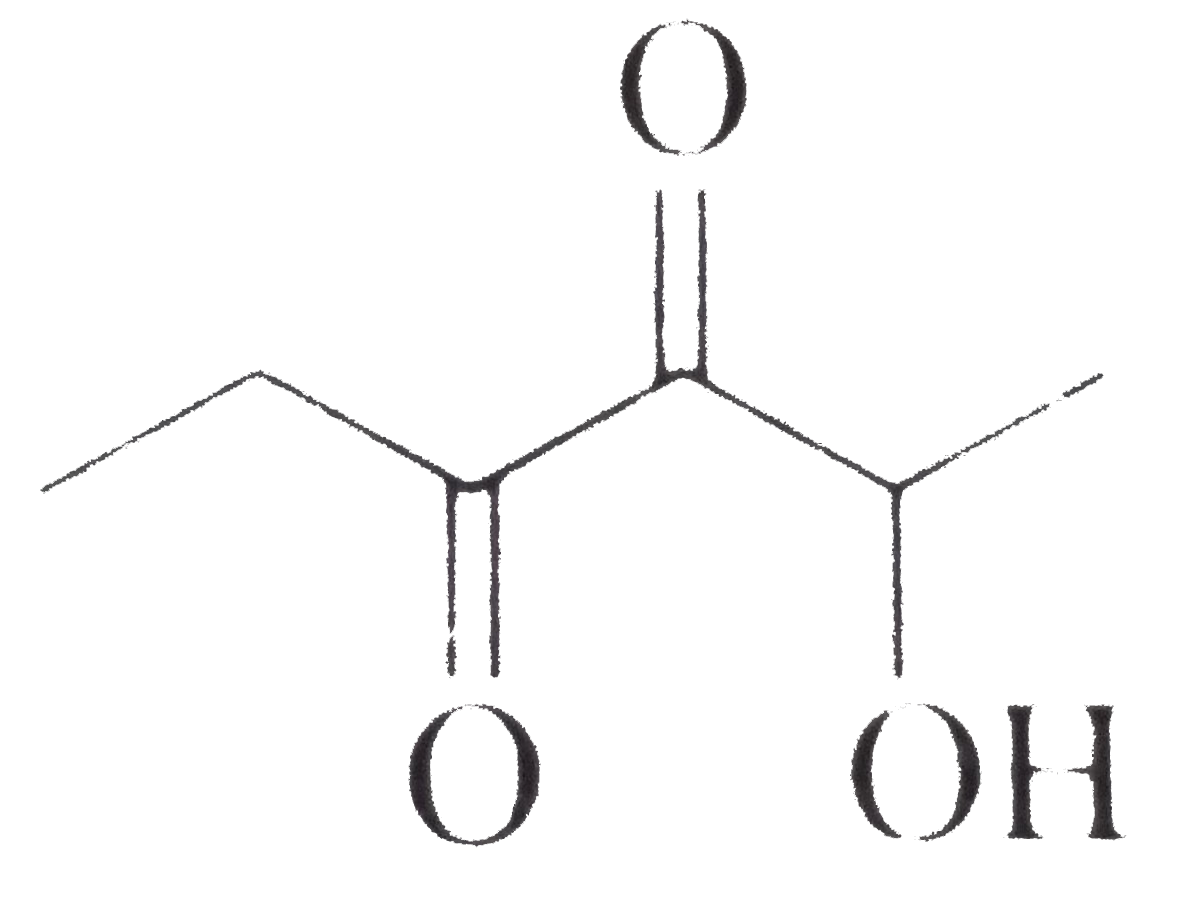 isA(1) 5-hydroxyhexane-3,4-dioneB(2) 3,4-dioxohexan-2-olC(3) 2-hydroxyhexane-3,4-dioneD(4) 2-hydroxy-3,4-diketohexane
isA(1) 5-hydroxyhexane-3,4-dioneB(2) 3,4-dioxohexan-2-olC(3) 2-hydroxyhexane-3,4-dioneD(4) 2-hydroxy-3,4-diketohexaneThe IUPAC name of
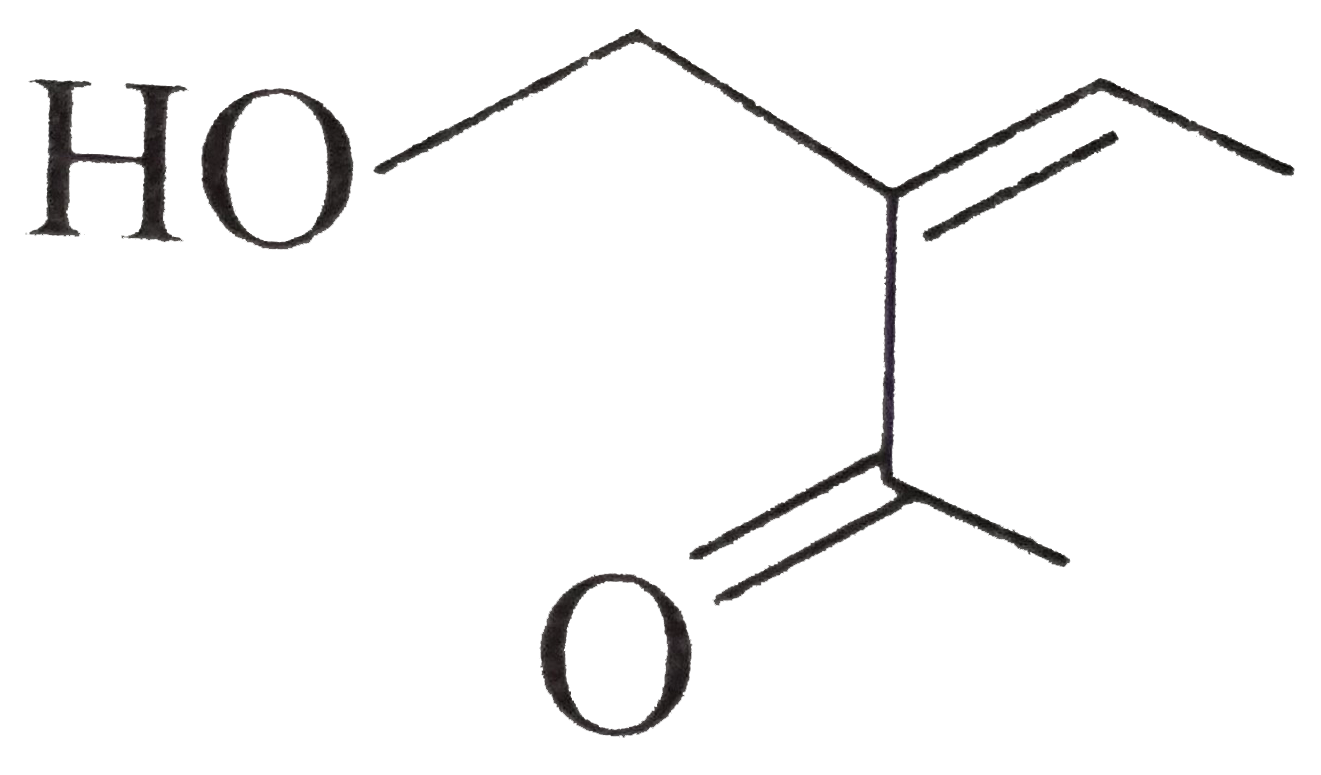 isA(1) 3-acetyl-2-buten-4-olB(2) 3-ethylidene-4-hydroxy-2-butanoneC(3) 3-hydroxymethylpent-2-butanoneD(4) 2-acety-2-buten-1-ol
isA(1) 3-acetyl-2-buten-4-olB(2) 3-ethylidene-4-hydroxy-2-butanoneC(3) 3-hydroxymethylpent-2-butanoneD(4) 2-acety-2-buten-1-olThe IUPAC name of
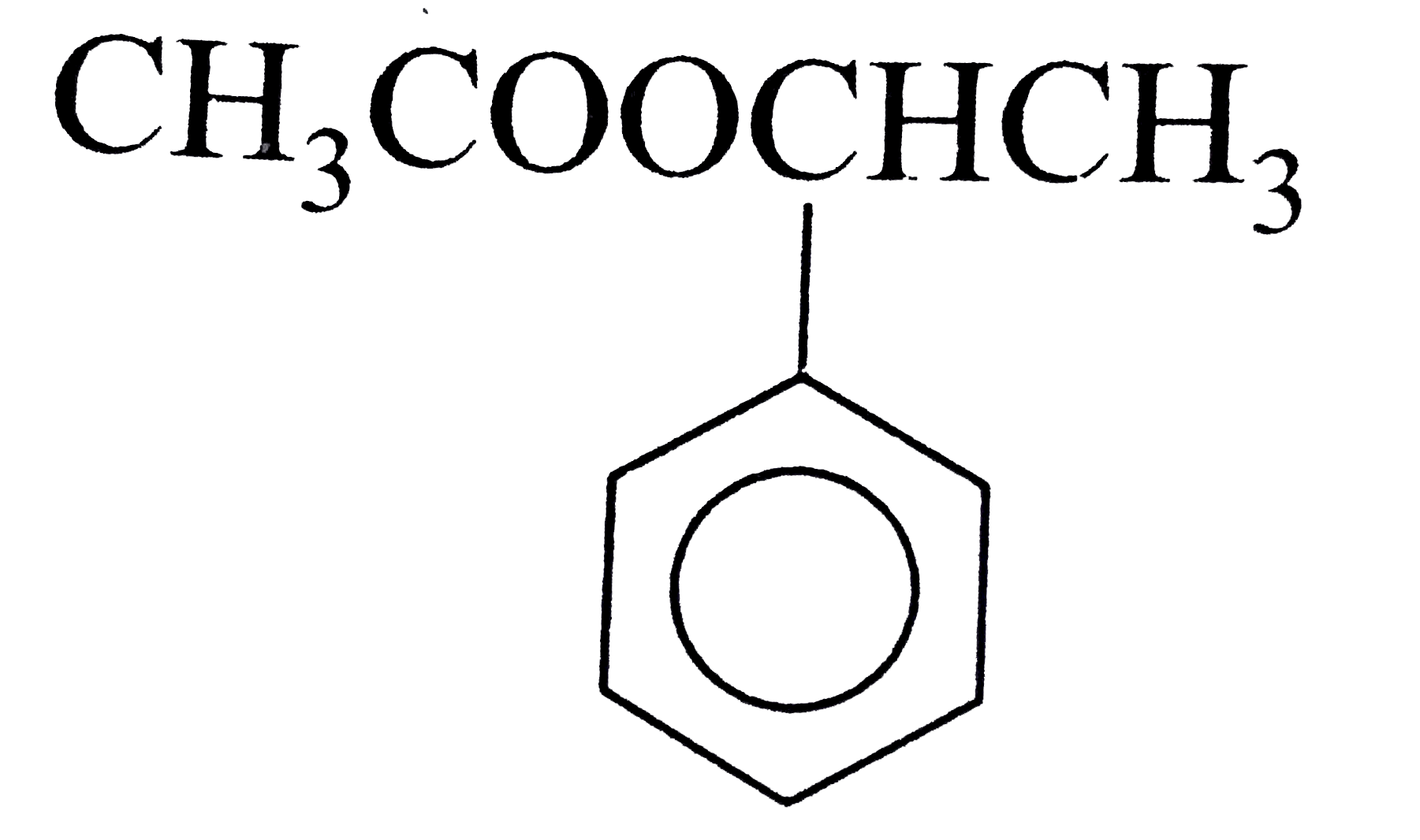 isA(1) 1-phenylethyl ethanoateB(2) 1-acetoxy ethyl benzeneC(3) 1-methyl benzyl acetateD(4) 1-phenyl-1-acetyloxy ethane
isA(1) 1-phenylethyl ethanoateB(2) 1-acetoxy ethyl benzeneC(3) 1-methyl benzyl acetateD(4) 1-phenyl-1-acetyloxy ethane
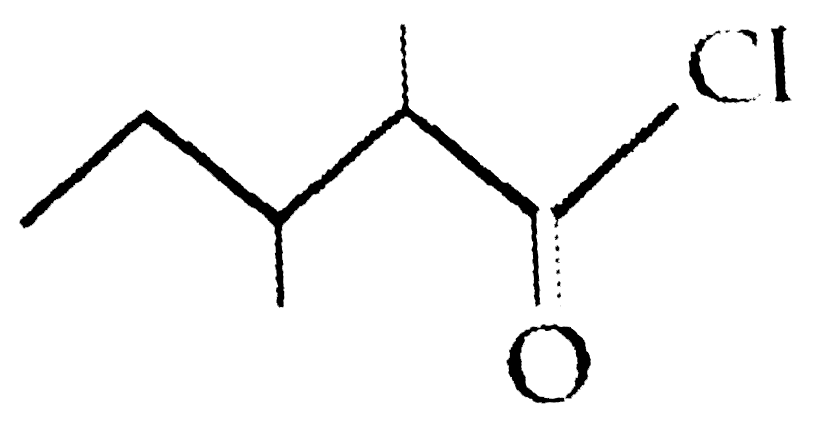 is
is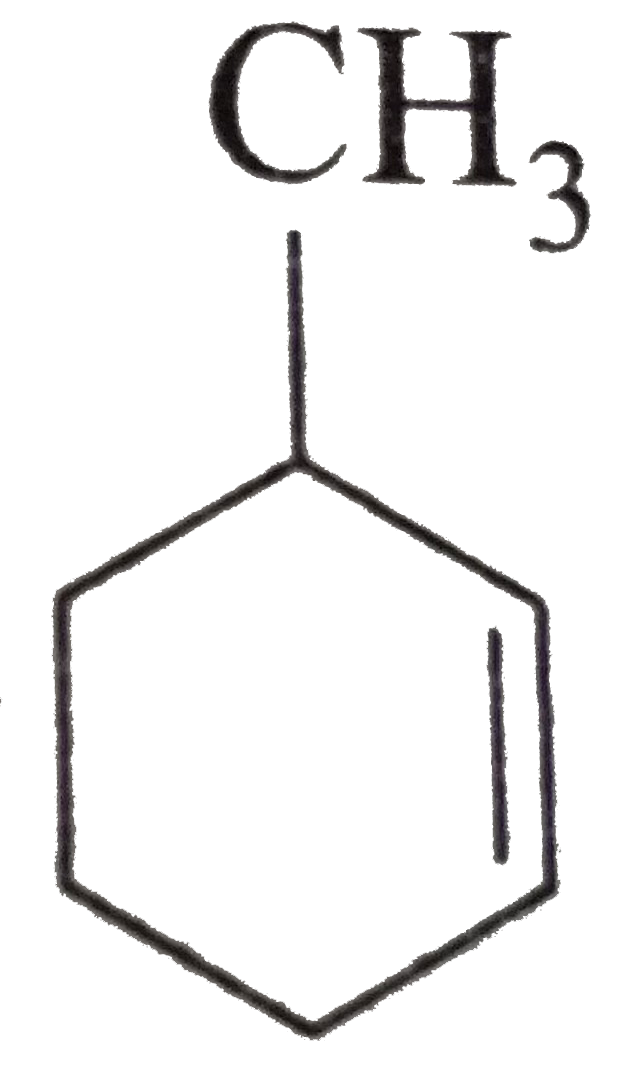 is
is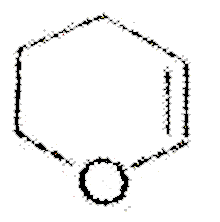 is
is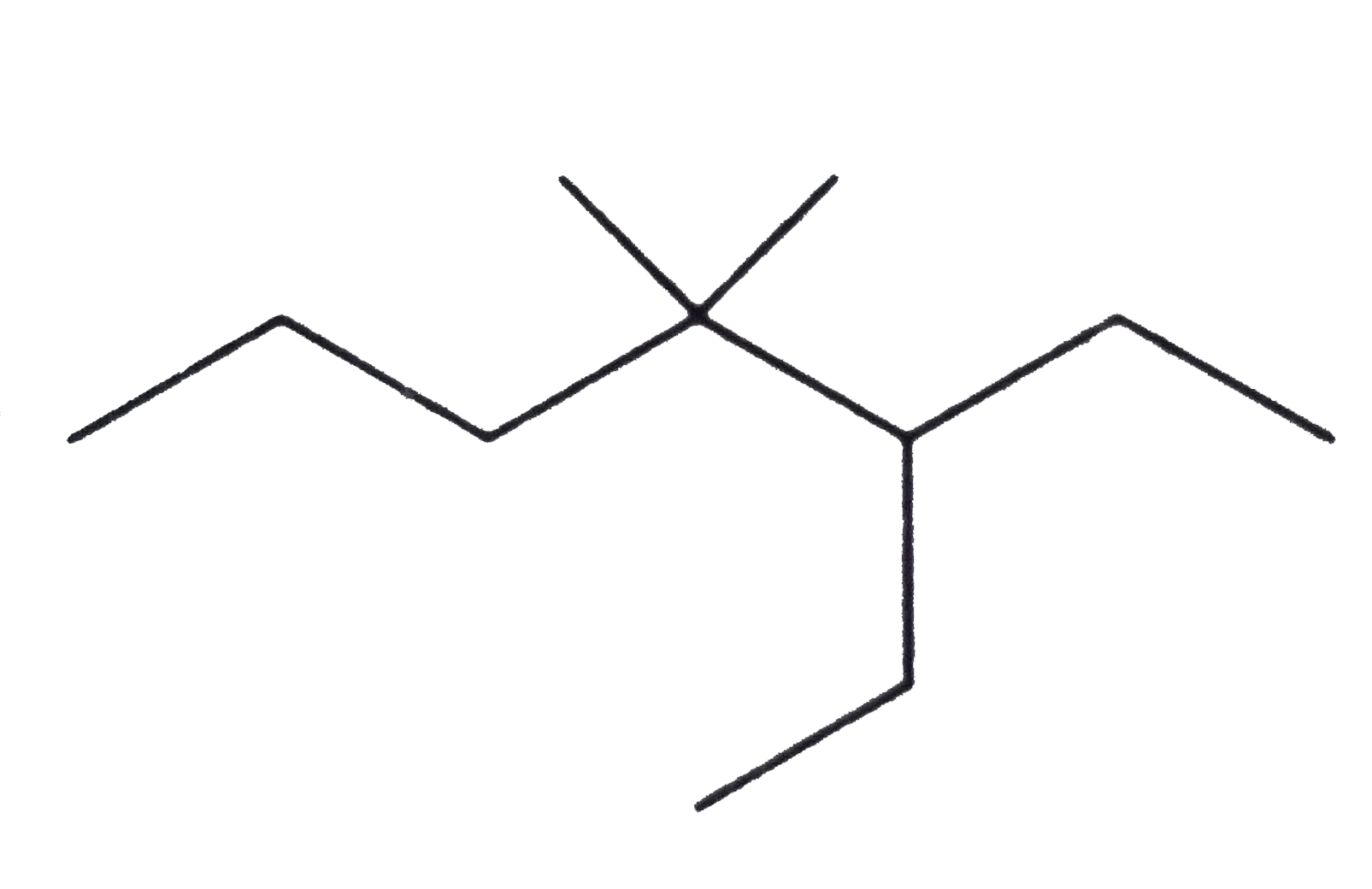 is
is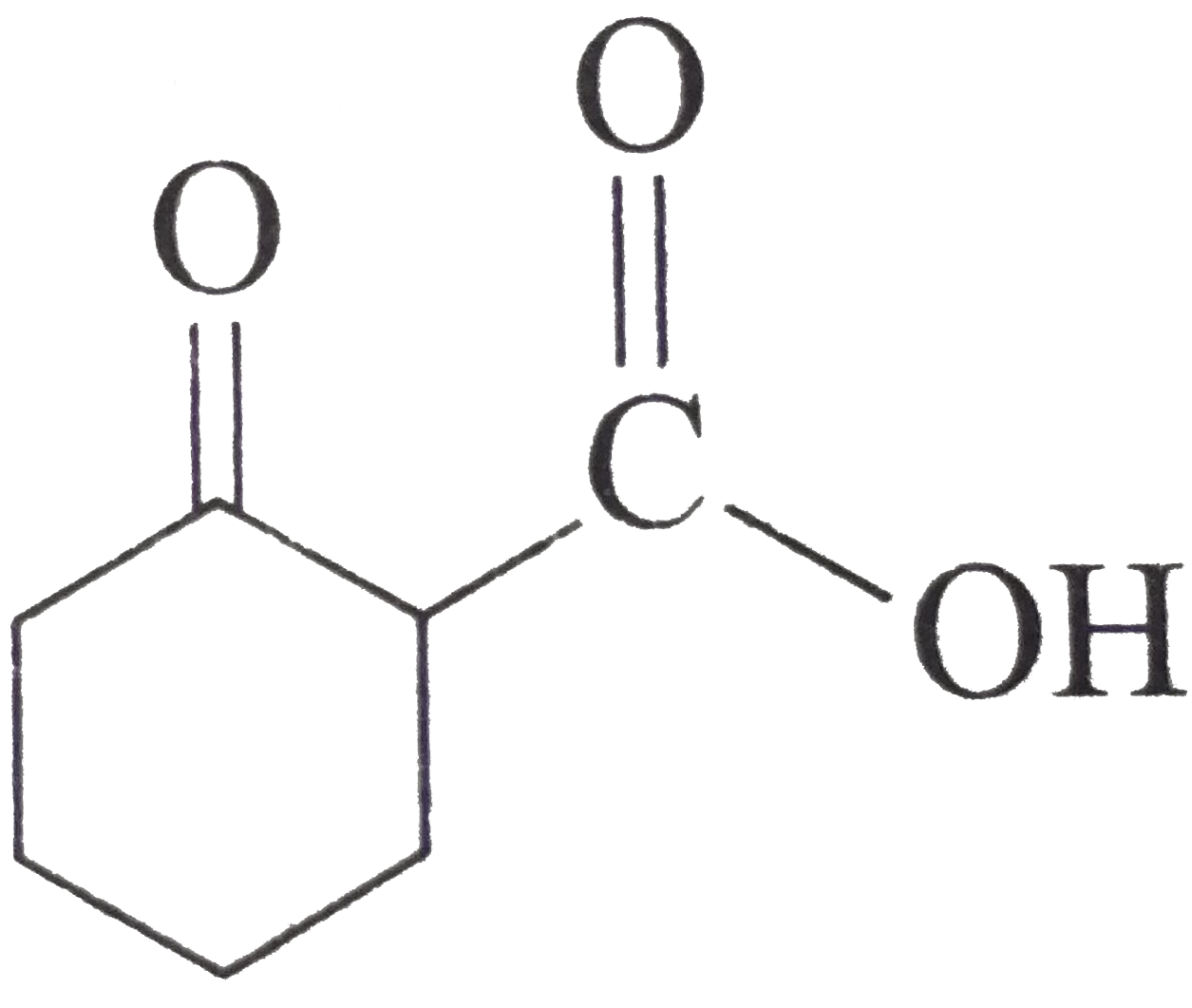 is
is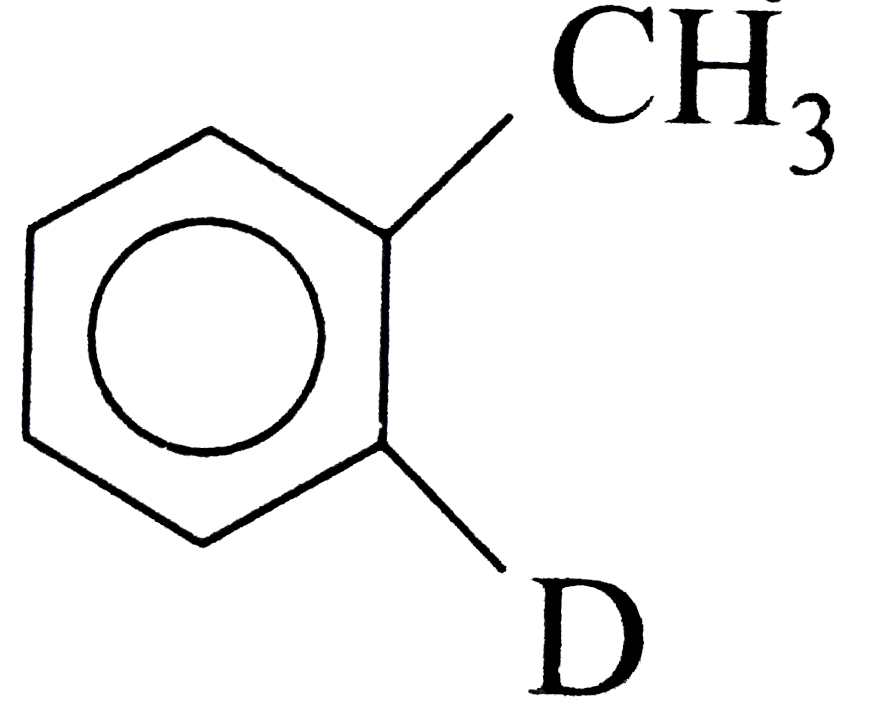 is
is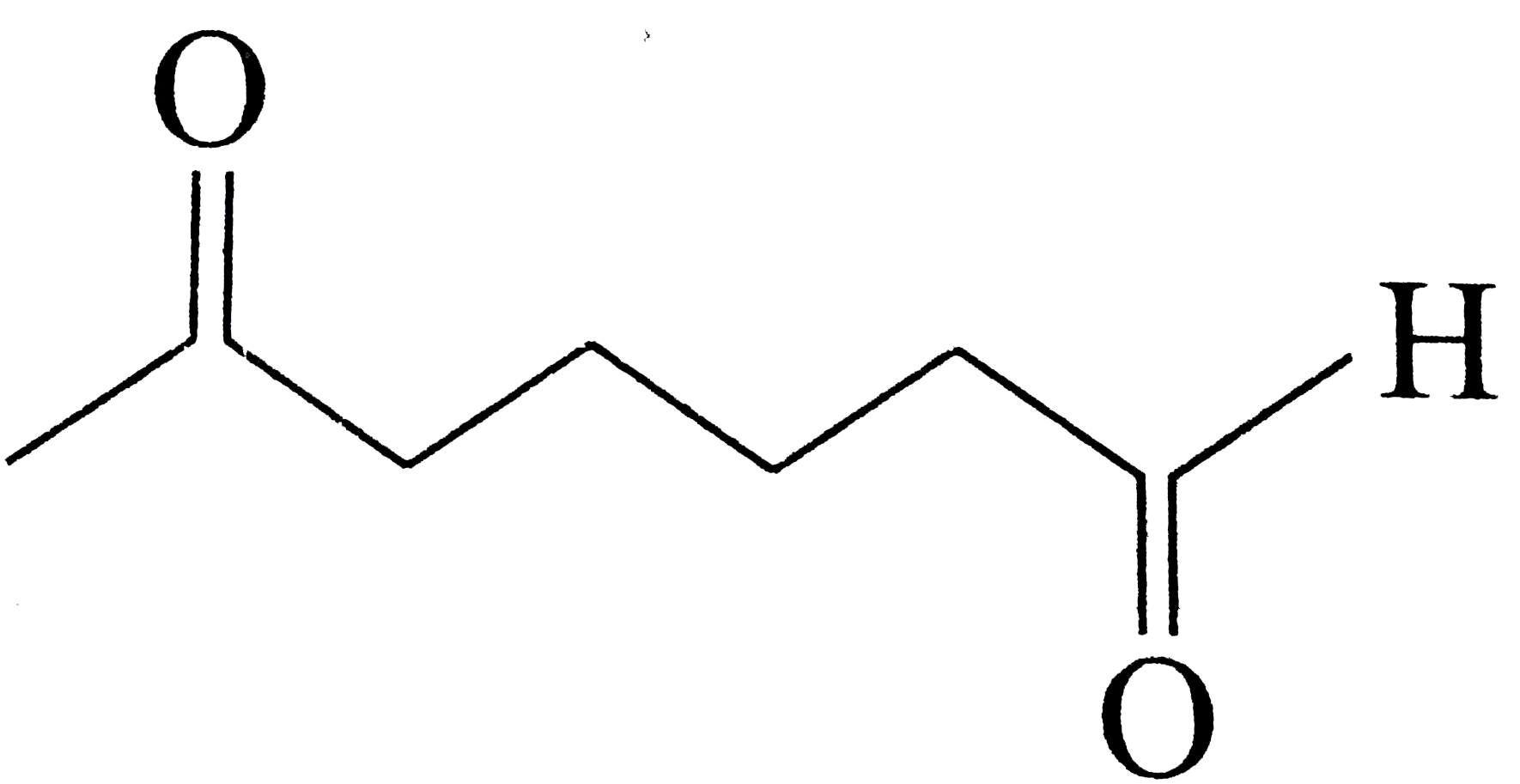 is
is